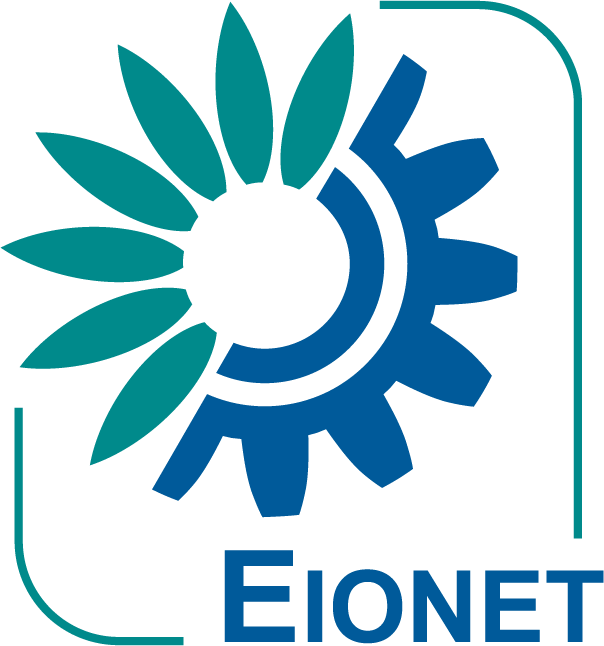ETC/ACM Report 14/2017: Satellite data inclusion and kernel based potential improvements in NO2 mapping
06 Aug 2018
Iulian Petchesi

The paper concludes that the inclusion of the satellite data improves the NO2 mapping. This applies to OMI based satellite data product OMNO2d. It is recommends to implement satellite data in the routine mapping methodology: when TROPOMI satellite NO2 data will be routinely produced, it will be a candidate for the use in routine mapping, thanks to its increased resolution.
Next to this, the paper examines the use of the model output from the QUARK kernel based downscaling method. For doing this, it compares the use of the ‘CHIMERE-SHERPA’ model output (original resolution 7x7 km2) and the ‘CHIMERE-SHERPA with QUARK applied’ model output (original resolution 125 x 125 m2, aggregated into the default resolution of 1x1 km2) in the mapping. Additionally, the paper discusses a potential alternative coupling of the QUARK kernel method with the ETC/ACM mapping methodology. This method is not directly in line with the current mapping methodology, however it would allow for traffic scenario calculations. Next to this, the paper discusses a potential refinement of the map resolution and suggests several approaches for such a refinement.
Prepared by: ETC/ACM Consortium members Jan Horálek1, Peter de Smet2, Philipp Schneider3, Bino Maiheu4, Frank de Leeuw2, Stijn Janssen4, Nina Benešová1, Wouter Lefebvre 4
1Czech Hydrometeorological Institute (CHMI), Prague, Czech Republic; 2National Institute for Public Health and the Environment (RIVM), Bilthoven, The Netherlands; 3Norwegian Institute of Air Research (NILU), Kjeller, Norway; 2Flemish institute for technological research (VITO), Mol, Belgium
Published by: ETC/ACM, April 2018, 54 pp.
Map downloads:
... expected to be available by end of august 2018...
All relevant ETC technical papers.
